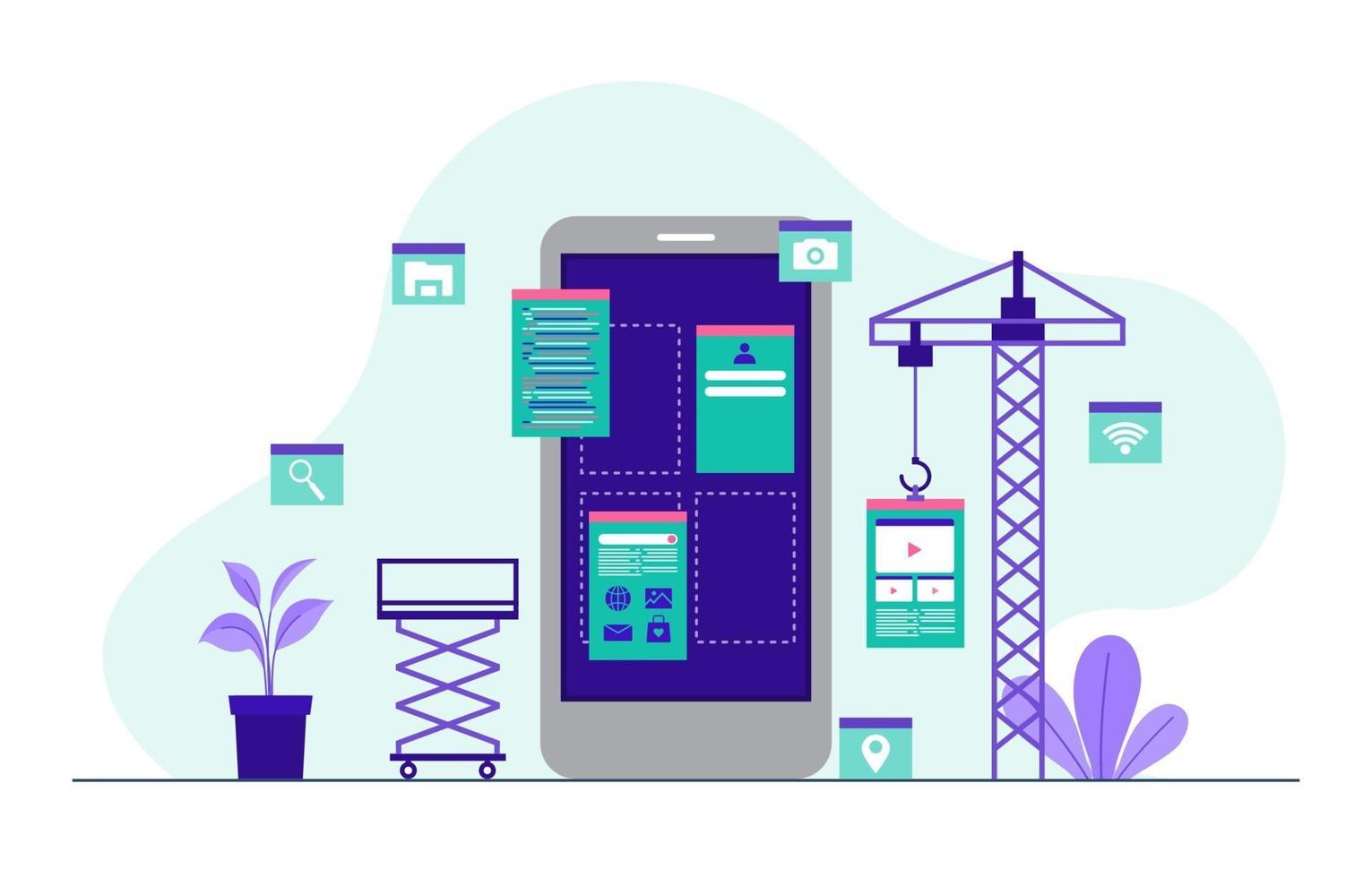
As mobile applications continue to play a critical role in business and consumer interactions, building apps that are both scalable and secure has become more important than ever. In 2024, the focus is on creating mobile solutions that can handle increasing user demands while protecting sensitive data from evolving security threats. Here’s a guide to the best practices for achieving scalability and security in mobile app development.
1. Scalability: Preparing for Growth
Scalability is about ensuring that a mobile app can handle increased usage without compromising performance. A scalable app can adapt to a growing user base and increased data without slowing down or crashing. To achieve this, developers should focus on:
-Cloud Infrastructure
Leveraging cloud services like AWS, Google Cloud, or Azure provides the flexibility to scale resources up or down based on demand. Cloud services also offer tools for load balancing, which distributes user requests across multiple servers to prevent bottlenecks.
-Modular Architecture
Designing the app using a modular architecture allows developers to add or update features without affecting the entire system. This approach reduces downtime during updates and makes it easier to scale specific components of the app as needed.
-API Management
Using well-defined APIs (Application Programming Interfaces) helps maintain seamless communication between different parts of the app and external services. A robust API strategy ensures that the app remains responsive even as the number of users grows.
-Database Optimization
Choosing the right database is crucial for scalability. NoSQL databases like MongoDB or cloud-based SQL databases can help handle large volumes of data. Optimizing database queries and indexing improves response times and supports growth.
2. Security: Protecting User Data
Security remains a top priority for mobile apps, especially with the increasing risks of cyberattacks. To build secure mobile applications, developers must focus on:
-Data Encryption
Encrypting data both in transit and at rest is essential for preventing unauthorized access. Using protocols like HTTPS for data transmission and AES (Advanced Encryption Standard) for data storage ensures that sensitive information remains protected.
-Authentication and Authorization
Implementing strong authentication methods, such as multifactor authentication (MFA), adds an extra layer of security. Proper authorization mechanisms ensure that users only have access to the data and functionalities they need, reducing the risk of data breaches
-Secure Coding Practices
Developers should follow secure coding guidelines to prevent common vulnerabilities like SQL injection, cross-site scripting (XSS), and buffer overflows. Regular code reviews and automated security testing tools can help identify and fix issues early.
-Regular Security Audits
Conducting regular security audits helps identify vulnerabilities and ensures that security measures remain up-to-date. It is important to stay informed about the latest security threats and apply patches or updates as needed.
-Data Privacy Compliance
Compliance with regulations like GDPR or CCPA is crucial for any app handling personal data. Implementing privacy-by-design principles ensures that the app collects only necessary data and gives users control over their information.
3. Balancing Scalability and Security
Achieving both scalability and security requires a balanced approach. While it’s important to planfor growth, security should never be compromised. A scalable app with poor security is vulnerable to breaches, while a highly secure app that cannot scale might suffer from poor user experience as demand grows. By integrating scalability and security measures from the start, businesses can build mobile apps that provide a seamless experience for users while keeping their data safe.
Conclusion
In 2024, the success of mobile applications hinges on their ability to scale and remain secure. By adopting cloud infrastructure, modular architecture, data encryption, and robust authentication methods, businesses can create mobile apps that are prepared for growth and resistant to evolving security threats. Investing in these best practices not only protects user data but also ensures that the app can adapt to future challenges, making it a reliable tool for business success.
